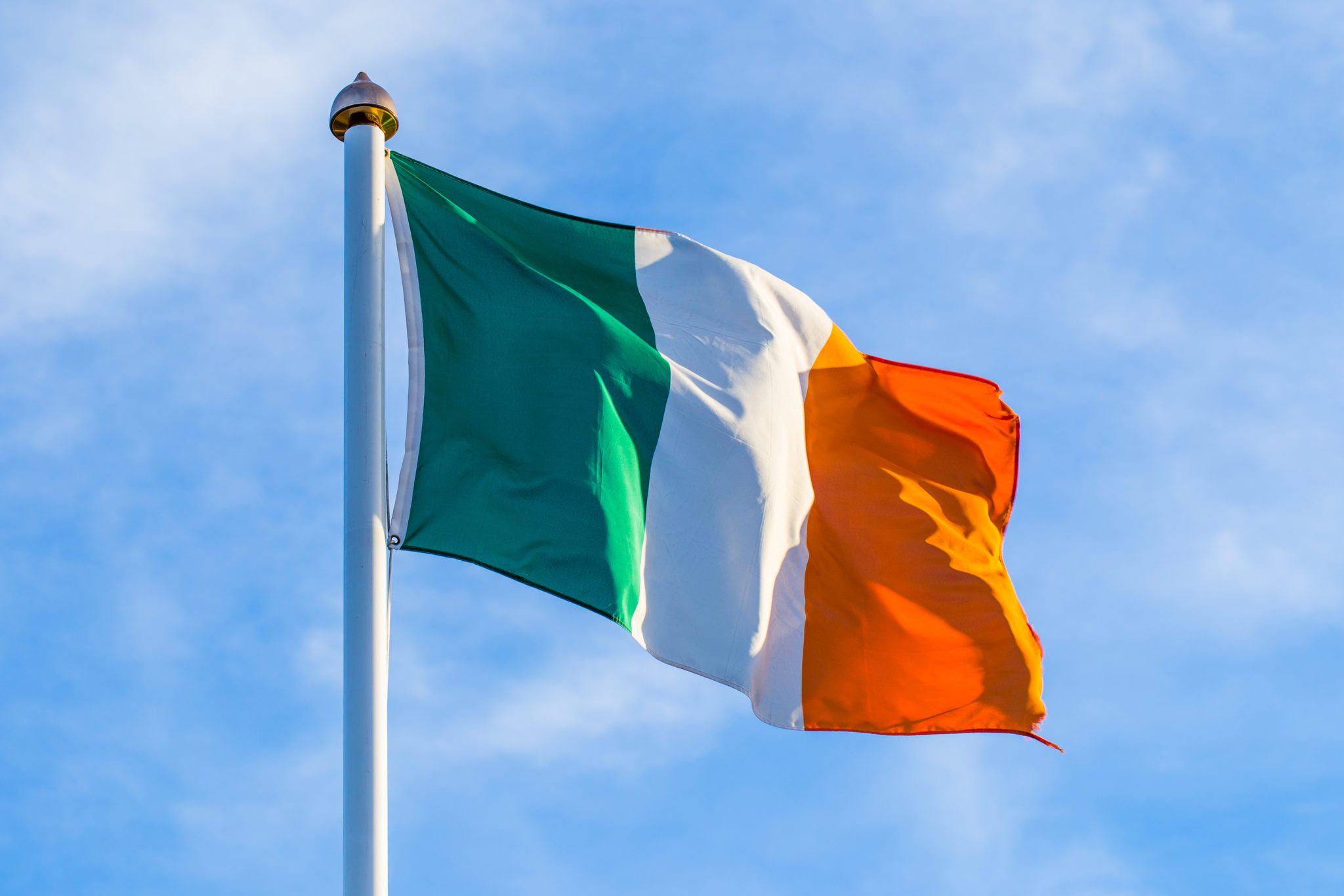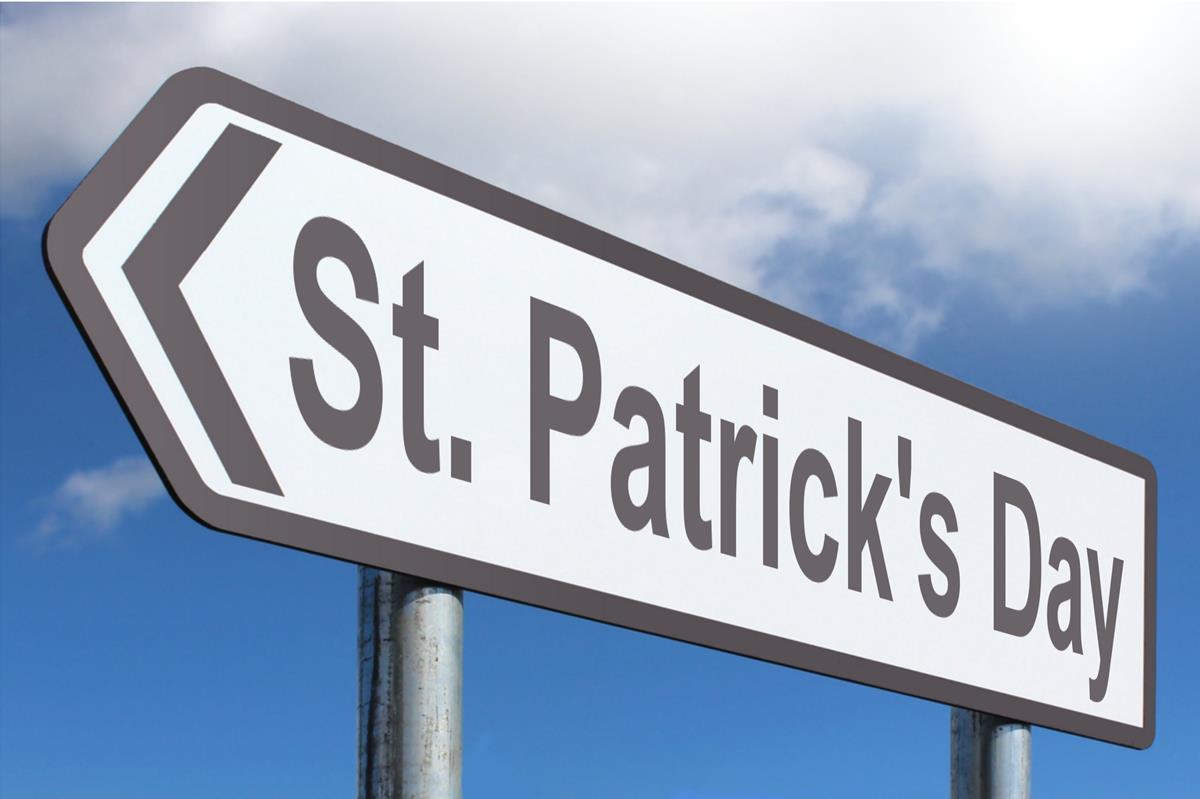
This week, as we celebrate St. Patrick’s Day, many classrooms will be going over the basics: wear green, decorate the room with Shamrocks, and maybe a mention of corned beef and cabbage. But what if you wanted to go beyond the basics this year? Maybe you wanted to teach about the origins of the holiday? Or maybe you wanted to discuss who St. Patrick was and what he did? Or maybe you just wanted to discuss what St. Patrick’s day means to Irish Americans today? In this post, we’ll explore all of that, while providing video examples that can be shown to the classroom to explore these concepts even more.
Who was St. Patrick and why do we celebrate a holiday in his honor?

St. Patrick is the patron Saint of Ireland, but he was in fact not Irish, or at least, not originally. St. Patrick was brought there as a young man after being kidnapped from his home in England. After leaving Ireland, he became a Christain Missionary and eventually returned to spread Catholicism among the Irish people. He is often credited as being solely responsible for converting the majority of the Irish to Christianity.
There are many legends about St. Patrick, like that he expelled all of the snakes out of Ireland. While these are fun stories to tell, it’s simply untrue as snakes never lived in Ireland.
Despite all of this fanfare, he wasn’t always treated in the limelight he is today. He was a mostly forgotten figure in Irish History for many years before he became the Patron Saint of Ireland and had a holiday named in his honor.
For more information on St. Patrick and who he was, watching this clip:
Why Do We Celebrate St. Patrick’s Day
Why do we celebrate St. Patrick’s Day in the United States?

As the holiday is named after St. Patrick and occurs on his death date, it makes sense that the main celebration would be connected to him. But in reality, most connect the holiday to celebrations of Irish culture in general.
This is why St. Patrick’s Day is often celebrated as an Irish Heritage Day in the United States by the Millions of Americans who have Irish ancestry. For years, Irish Immigrants were persecuted by groups of xenophobic citizens. After the great influx of Irish immigrants who came to America after the Irish Potato Famine, they were scapegoated for a number of problems that they had nothing to do with. They were often refused employment, living accommodations, and more as they struggled to find new footing in the nation. Today, the holiday gives them a chance to celebrate that heritage after their ancestors worked so hard to build a life in the country.
For more information on Irish Americans, watch this video:
Why America Loves/Hated the Irish
What are the celebrations and Practices of St. Patrick’s Day?

A common celebration practice associated with St. Patrick’s Day is St. Patrick’s Day March. The first St. Patrick’s Day Marches actually began in the United States, as the holiday was not very popular in Ireland itself until very recently. This is why the largest St. Patrick’s Day March in the world occurs in New York City, with Dublin, the capital of Ireland, having the second largest. Other notable marches take place in Chicago and Boston every year.
Among marches, other practices include wearing green (the Irish national color) and the wearing of shamrocks (an Irish National symbol). In the United States, the consumption of alcohol is also usually associated with St. Patrick’s Day. This is often criticized by Irish people as it reinforces negative Irish stereotypes.
For more information on St. Patrick’s Day celebrations, watching this video:
 Blog
Blog